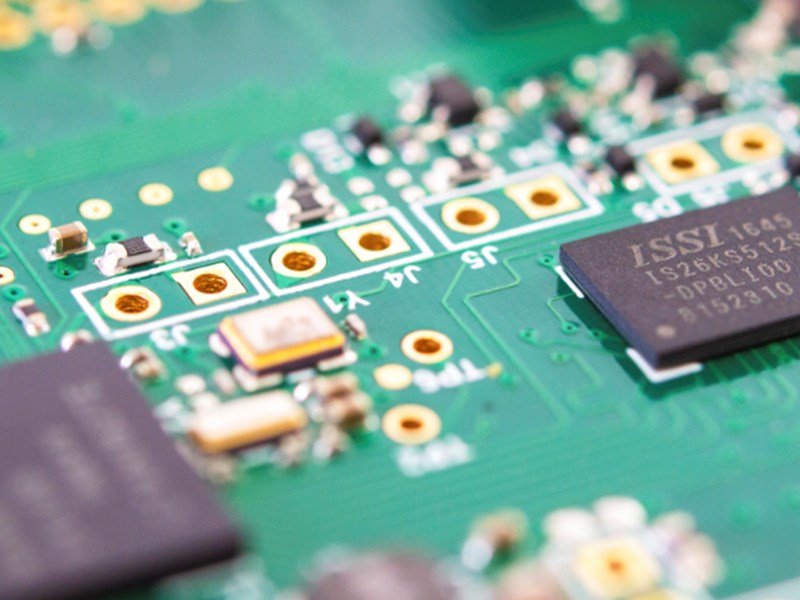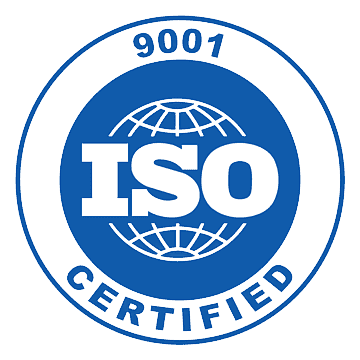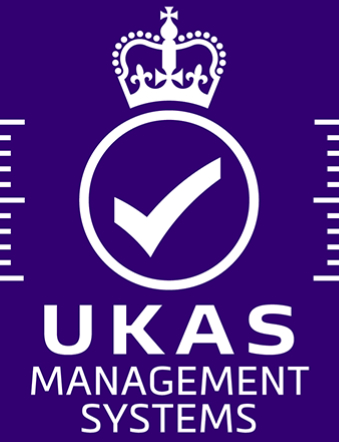
When implemented carefully, outsourcing manufacture offers Original Equipment Manufacturers (OEMs) a considerable range of potential business benefits. Conversely, if the subcontracting process goes wrong, the results can lead towards significant damage to an OEM’s business operations and reputation.
Benefits of Outsourcing
The electronics industry is fast-moving, with component packages getting ever smaller and more complex, and designs becoming increasingly densely packed. The equipment required to manufacture printed circuit board assemblies (PCBAs) is highly complex and requires significant capital expenditure. Using a Contract Electronics Manufacturer (CEM) can buffer an OEM from the requirement to install, maintain and modernise high-cost production equipment, and also from the overheads related to running those production lines.
CEMs that offer single-source supply options, including undertaking component procurement, can benefit an OEM in a variety of ways. Single-source supply eradicates the stresses of purchasing from multiple suppliers, the logistics of ensuring that components from different sources arrive on-time-in-full, and of quality control on individual components. CEMs that offer component procurement will have built strong links with reliable supply partners and distributors, and will normally undertake component purchasing for a large number of customers. This means that an OEM can benefit from the cost savings offered through a CEM’s greater purchasing power.
Contracts and Service Level Agreements, including fixed-pricing and supply arrangements tailored to their requirements, can shield OEMs against pricing volatility in the electronic component market and give confidence in reliable long-term supply.
Risks of Outsourcing
Although OEMs can benefit greatly from selecting the ideal CEM partner, and outsourcing their electronics assembly, the move does not come without its own level of risk.
The most important risk to consider, is that of underestimating the upfront work required to select a CEM and to provide the detailed information required to enable the successful build of a high-quality product. Successful outsourcing will pay dividends in the long term, but it will also require significant effort on the part of an OEM in the early phases. A good CEM, will not simply ‘build-to-file’, but will carefully peer review customer data, ask questions, and make cost-saving and critical design-for-manufacture (DFM) recommendations.
Timing is crucial when switching one supply route off (whether that be internal, or an existing external subcontractor) and a new supply route on. If not handled correctly, OEMs run the risk of production line stoppage (if the subcontracted part is a sub-assembly), and endproduct shortage. A CEM should understand this critical balancing act and work closely with an OEM to ensure that the switch does not adversely affect the OEM’s continued supply.
For products that have been in production for any length of time, it is likely that an OEM has built up a knowledge-base of past quality issues and made appropriate improvements to their processes to mitigate or remove those issues. Unless this type of information is clearly documented and communicated to a CEM, there is the risk of old quality issues reappearing.
OEMs might consider that there is risk in revealing valuable intellectual property to a third-party. A good CEM should be able to provide customers with confidence in their ability to handle sensitive data and will normally enter into a legally binding non-disclosure agreement (NDA) if required.
Finding the Right CEM
With some of the risks and benefits discussed, how should you go about finding and building a profitable partnership with a new CEM? Here follows a straightforward strategy to help you kick-start the process…
Establish Your Requirements
Clearly define your requirements before searching for a new manufacturing partner. Not all CEMs are alike and different CEMs will offer different capabilities, service levels and capacity. What processes are you considering subcontracting? What volumes do you intend to order once you are confident with the supplier’s performance? What internal procedures will a new supplier need to have in place? What supply model fits with your business needs? What quality accreditations must the supplier have? Should the supplier be within a specific geographical location?
Analyse the Risks
We discussed some of the most obvious risks above. Ensure to undertake a careful assessment of all potential risks associated with transferring processes to a new supplier. Have you experienced specific difficulties with component sourcing, an assembly process, or overcome a quality issue which could re-occur? Are you likely to experience gaps in supply that will affect your business or that of your customers? Spend time on this phase and develop robust plans to mitigate perceived risks.
Search for a CEM
With requirements and risks understood, start your search. Online search tools provide a good starting place. Review industry publications for adverts, listings and content created by potential suppliers. Attend industry events and exhibitions, where possible, as you will be able to meet potential manufacturing partners in person; this is invaluable. Speak to others in your industry and give credence to their recommendations.
Undertake Background Research
It’s vital to understand the long-term security offered by prospective manufacturing partners. Check the company’s history and financial records. Companies House online service can help with this.
Ask the Right Questions
Narrow your selection by contacting potential partners and asking the right questions. What quality accreditations do they hold? What manufacturing, inspection and test equipment are in operation? Do they manufacture locally or offshore? What KPIs do they monitor and how are they performing against them? What services do they offer outside your immediate requirements? Does the supplier offer other services, or hold specific expertise that might aid future development or further subcontracted processes?
Meet Face-to-Face (Video Conferencing is the Next Best Thing)
When considering long-term business partnerships, it’s crucial to understand whether you can work collaboratively with a prospective supplier. Ensure that you meet the management team and the employees that you are likely to work alongside. Get a feel for the company’s culture and consider how well it aligns with yours. If it’s not possible to visit the company in person, undertake video conferences. Ensure that you are given the opportunity to meet the people that you deem to be most important to the success of your project.
Request for Quote (RFQ)
Provide potential suppliers with a detailed RFQ. Include all the detail required to accurately quote for, and successfully manufacture your product. This might include:
● Projected production quantities
● Bill of Materials (ensure this identifies free-issued components and any that are manufacturer specific)
● PCB artwork files
● Encapsulation or coating specifications
● Mechanical assembly drawings
● Cable assembly drawings
● Programming and test instructions
● Bespoke jigs or fixtures required
● Specific assembly standards
Undertake an Audit
Audit prospective CEMs. How are quotes and orders handled? What purchasing procedures do they follow? How are their suppliers qualified? What level of build standard documentation is employed? How are inspection and test results recorded? Is equipment calibration controlled adequately? Are staff trained to appropriate standards? Is there traceability throughout the manufacturing process, down to batch, product and component level? If possible, visit a CEM to undertake this process. Otherwise, make use of video conferencing, you could even ask for a live-streamed video tour of the business!
Establish a Contract
Establishing a robust supply contract will prove beneficial to both parties. Consider contracted pricing, buffer stock agreements, supply schedules and processes, returns procedures, and service levels that are important to the smooth running of your business.
Carefully Ramp Supply
Apply the rule of ten with new suppliers. Manufacture small quantities at first and only increase quantities by a factor of ten. Problems in process and quality are better discovered and solved before proceeding to full-scale manufacture. A good CEM will want to ensure that procedures are in place to guarantee their customers ongoing supply of high-quality product on-time-in-full.
The Best Place to Start Your Search
With an understanding of the risks and benefits associated with moving a build to a new CEM and the strategy above in mind, we recommend that the best place to start is Corintech.




